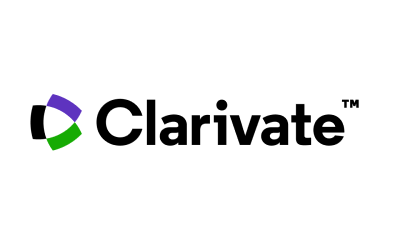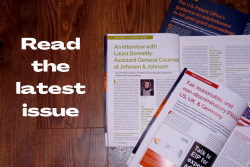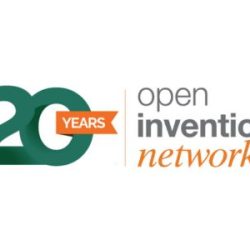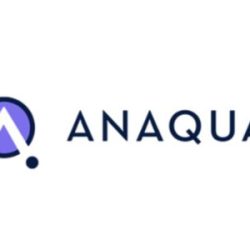AstraZeneca is a world-renowned pharmaceutical company. It owns many patents in Russia and takes steps to protect them against encroachers. Its medicines are exempt from sanctions because they are mainly used for the life-preserving treatment of cancer.
Axelpharm, a Russian company, obtained a Eurasian patent No. 40996 for Osimertinib mesylate with a priority of November 2, 2021. Following this, it contacted AstraZeneca and asked for a license which was refused. The fact is that patent No. 040996 is dependent on AstraZeneca’s Eurasian patent No. 024421 and, therefore, needed a license from AstraZeneca. Since the license was refused, Axelpharm sued AstraZeneca.
In a general case, a user who seeks a compulsory license must convince the court that their dependent invention is an important technical achievement and has considerable economic advantages. As can be seen below, the process did not get that far.
AstraZeneca filed an appeal against Axelpharm’s Eurasian patent No. 040996. A patent granted by the Eurasian patent office may be appealed at the Eurasian Patent Office within the framework of administrative procedure six months after the grant. After six months, the patent may be appealed at a national patent office, which was done in this case. The examining authority was the Chamber of Patent Disputes under the Russian Patent Office.
Since an invalidation procedure was initiated at the Chamber of Patent Disputes, AstraZeneca asked the court to keep proceedings in connection with the compulsory license claim. The plea was satisfied by the court.
During the hearing, AstraZeneca argued that the invention did not comply with industrial applicability and inventive level criteria. AstraZeneca attached a number of documents to its appeal that proved its claims. According to AstraZeneca, the requirement of industrial applicability was not satisfied because the invention could not prove its purpose: production of a new crystalline form of Osimertinib mesylate.
As for the inventive level, AstraZeneca stated that its Eurasian patent No. 029488 disclosed the above composition and the crystalline form does not manifest unexpected improved properties in relation to bioavailability and therapeutic efficiency in comparison with the known forms of Osimertinib mesylate. AstraZeneca pointed out that the disputed patent did not solve a particular technical problem but was a patent dependent on another patent protecting the substance itself, and the purpose of obtaining the dependent patent was to demand a compulsory license from the basic patent owner. AstraZeneca further explained that Axelpharm had sued AstraZeneca seeking to obtain a compulsory license for Eurasian patent No. 024421, which protects the active substance Osimertinib.
The owner of the disputed patent provided a number of documents trying to prove that the crystalline form protected by their patent does have better bioavailability and therapeutic efficiency. Bioavailability was tested on rats, however, the court explained that the bioavailability of a specific medicine in rats is not the same as in other mammals, i.e., dogs and humans.
These are only a few arguments that were exchanged by the parties and comments of the Chamber of Patent Disputes. The result was that the court invalidated patent No. 040996 in full. The decision was handed down on August 14, 2024.
Now that the patent invalidation issue has been dealt with, the court will renew the examination of the claim for the compulsory license. The hearing is going to be quite formal since the dependent patent is invalidated so there is no reason to examine the issue of a compulsory license in substance.
The hearing is scheduled for November 15, 2024. No surprises are expected and it is expected that the seeker of the compulsory license will get nothing.
As a side note, depending on the degree of their tenacity, they may still appeal the patent invalidation decision of the Chamber of Patent Disputes at the IP court and try to reinstate the patent. In that case, one will witness another episode of that fascinating show.

Written by Vladimir Biriulin
Partner, Gorodissky & Partners
You may also like…
Clarivate announces the development of IPfolio Law
Clarivate, a leading global provider of transformative intelligence, today announced the development of IPfolio Law,...
Panasonic Automotive Systems joins Open Invention Network to bolster open-source software development
Panasonic Automotive Systems (PAS) is a leading global provider of advanced technologies, such as infotainment...
Anaqua unveils AI-powered management solutions
Organizations often begin their intellectual property (IP) journey by examining AI-enhanced point solutions. While...
Contact us to write for out Newsletter














